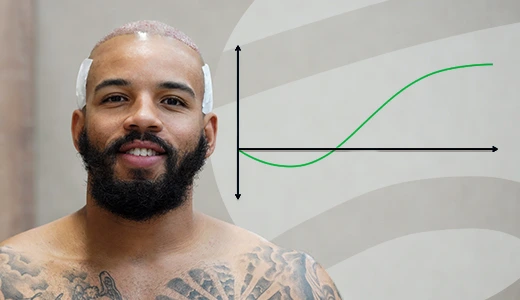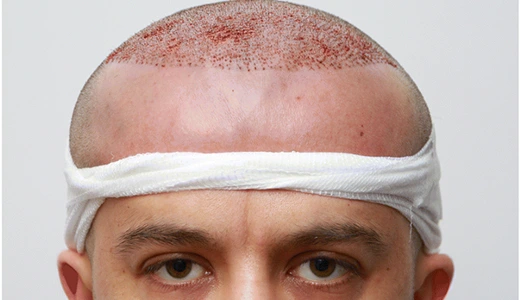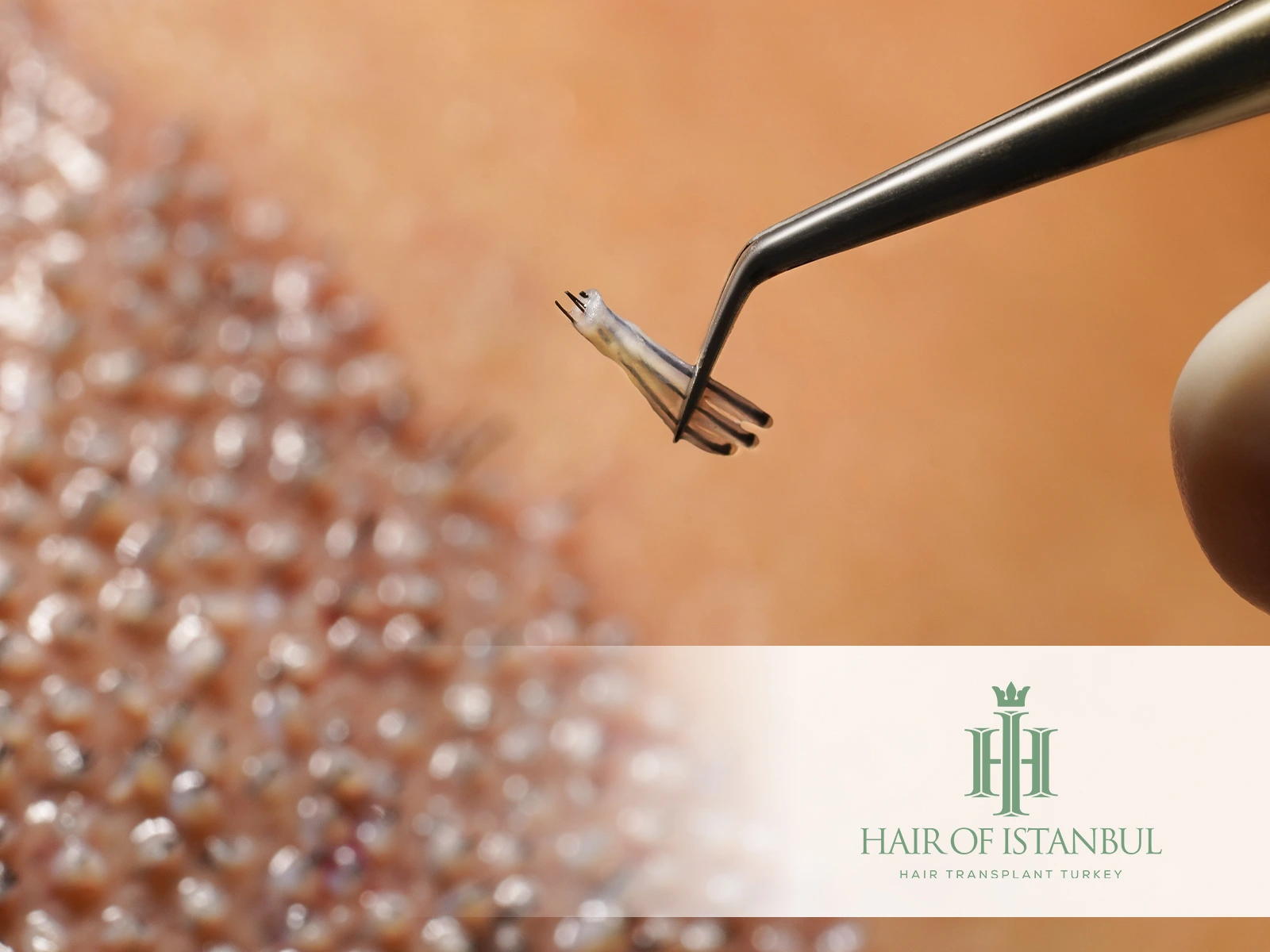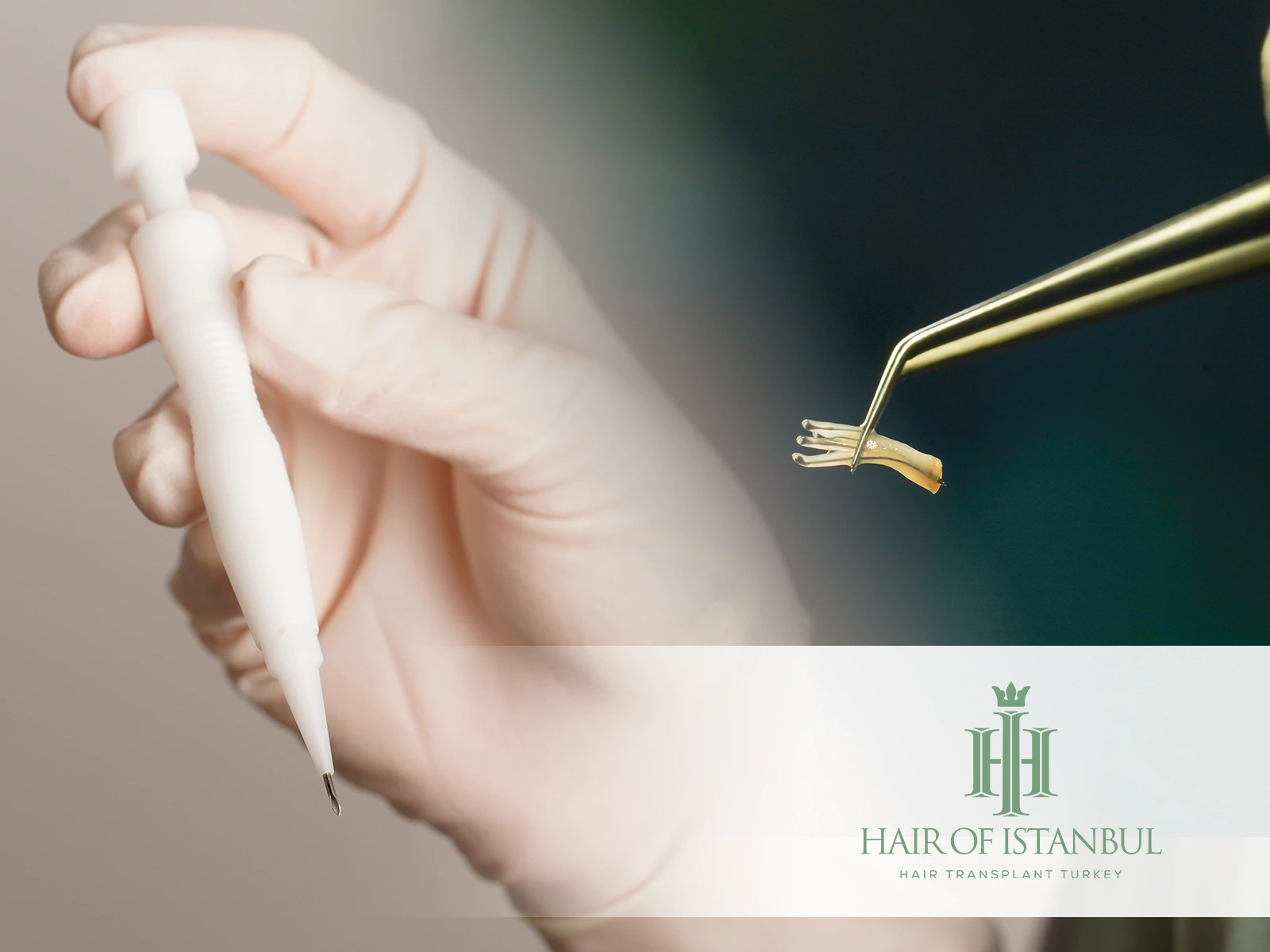Post Hair Transplant: Recovery Timeline, Aftercare & Day-by-Day Healing
Undergoing a hair transplant is a life-changing decision—but what happens post hair transplant is equally important. The recovery phase plays a vital role in achieving long-lasting and natural-looking results. In this 2025 guide, we’ll explore the hair transplant recovery timeline, address common concerns like scabs and swelling, and help you understand exactly what to expect post hair transplant surgery.
Hair Transplant Recovery Timeline: Key Milestones
The hair transplant recovery timeline typically spans several weeks, with noticeable changes occurring each day. While healing may vary based on your health and the technique used, here’s a general breakdown:
Days 1–3: Mild swelling and tenderness; scabbing begins
Days 4–10: Crusting and scabs start falling off
Week 2–4: Shedding phase begins (normal)
Month 1–3: Dormant phase (no visible growth)
Month 4–6: New hair starts appearing
Month 9–12: Full results become visible
Tracking your hair transplant day by day progress is key to understanding if your healing is on track.

How to Wash Your Hair
Correct hair washing is crucial to the success of your hair transplant recovery. Our aftercare team will provide a special Kérastase shampoo and a moisturizing foam to assist in the process.
- Moisturize the Transplanted Area: Apply the foam to the transplanted area to soften scabs around the grafts.
- Use Cold or Warm Water: Rinse your scalp with lukewarm or cold water, as hot water can irritate the sensitive transplanted area.
- Shampoo Gently: Dispense the shampoo into your hands and carefully apply it to the scalp using light strokes. Avoid rubbing or applying pressure to the grafts.
What to Expect After Hair Transplant: Realistic Healing Insights
Many patients wonder what to expect post hair transplant surgery. Immediately after the procedure, expect some discomfort, tightness, and minor bleeding in the donor and recipient areas.
You might also experience:
Itching as the scalp heals
Temporary numbness
Early shedding (shock loss)
These are all typical signs that your scalp is transitioning into the post hair transplant healing process. Patience and proper care are crucial for optimal results.
Hair Transplant Scabs: Why They Appear and How to Manage Them
Hair transplant scabs begin forming within the first 24–72 hours. While they might look concerning, they’re a natural part of healing. These scabs protect the grafts and reduce infection risk.
Bu gönderiyi Instagram’da gör
Here’s how to care for them:
Avoid picking or scratching
Use a gentle saline spray
Let them fall off naturally (usually by day 10)
Scabs are often mentioned in the hair transplant day by day journals of patients and tend to resolve without complications when properly managed.
Hair Transplant Aftercare: Your Daily Routine Matters
Proper post hair transplant – aftercare can make or break your results. Here’s what experts recommend post-surgery:
Sleep with your head elevated to reduce swelling after hair transplant
Avoid direct sun exposure for at least 2 weeks
Refrain from heavy exercise for 7–10 days
Use prescribed shampoo and follow clinic instructions
Hair of Istanbul provides a personalized post hair transplant aftercare plan to every patient, ensuring safe recovery and outstanding results.
Swelling Post Hair Transplant: Common but Temporary
Swelling post hair transplant surgery is a common side effect, especially on the forehead and around the eyes. This usually peaks around Day 2–3 and fades by Day 5.
Tips to manage it:
Ice packs (forehead only, never on grafts)
Staying hydrated
Avoiding salty foods
Understanding and anticipating these effects is part of knowing what to expect post hair transplant—so you’re not caught off guard.

Hair Transplant Healing Process: Patience Pays Off
The hair transplant healing process isn’t instantaneous—but it’s worth the wait. Redness, tightness, and shedding might cause concern at first, but these are all stepping stones to healthy regrowth.
Documenting your journey through photos can help you stay motivated and monitor your hair transplant recovery timeline. Full growth can take up to 12 months—but once complete, it’s permanent.
Hair Transplant Day by Day: Tracking Visible Progress
A detailed hair transplant day by day log can help you compare your progress with clinical expectations. Most patients report:
Day 1–3: Swelling and crusts
Day 5–7: Grafts stabilize
Day 10–14: Scabs fall off
Week 3–4: Hair shedding
Month 4+: Visible growth begins
Monitoring your post hair transplant journey with daily photos can also be helpful for follow-up consultations.







